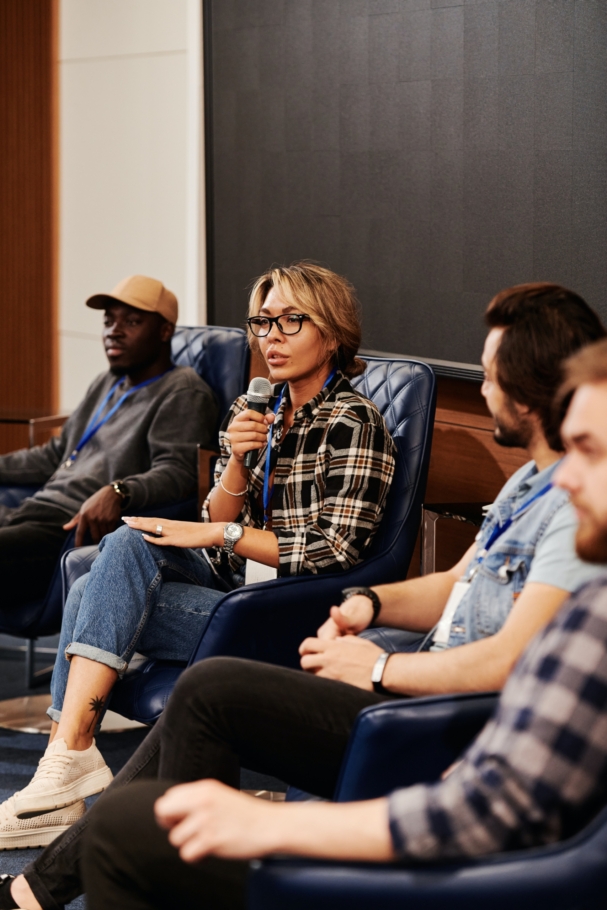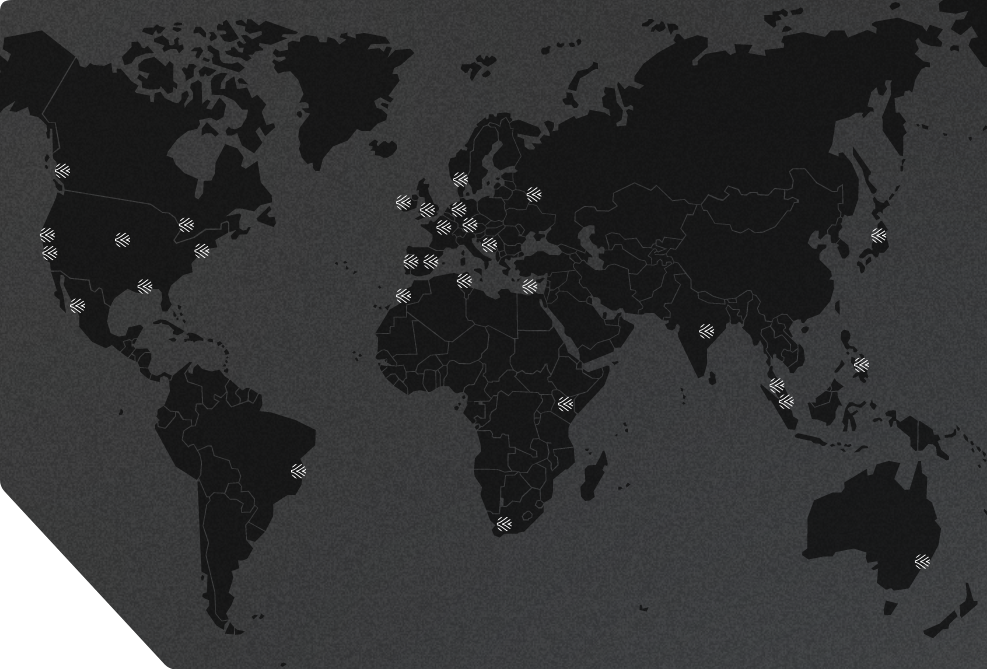Inclusion & Diversity – Virtual Round Table
- Share on LinkedIn
- Share on Twitter
- Copy link Copied to clipboard

Inclusion & Diversity – Virtual Round Table

Inclusion & Diversity or Diversity & Inclusion, that is the question
The topic of Inclusion and Diversity has been on a top 10 list of priorities of HR Directors and business leaders for some time, though, the subject has typically ranked closer to the bottom-end.
However, 2020 has seen Inclusion and Diversity discussions become more prevalent, and the topic surge to the top of organisation’s priorities.
With this, we recently hosted a virtual round table in collaboration with Nationwide Building Society and TechSwindon covering the topic of Inclusion & Diversity.
Our embedded consultancy model means we do much more than support your hiring needs. Our training for hiring managers and experience working with Vodafone can help you practically deliver upon the ambition to be a more diverse employer or employer of choice.
Our Top 5 Takeaways
1. ‘Inclusion & Diversity’ not ‘Diversity & Inclusion’
Businesses are now often using the term ‘I&D’ rather than ‘D&I’ when talking about the subject area. Julie McCarthy, the Equality Diversity & Inclusion Manager for Nationwide Building Society, went on to explain that “first a business must be inclusive before they can achieve diversity. If you can crack an inclusive culture, then diversity should automatically follow”.
2. Micro-Aggression & Allyship
This was a relatively novel subject area for most people at the virtual event, but Kathryn Jeacock, the Chief People Officer at Satellite Applications Catapult & Owner of DBKT Coaching, did a fantastic job bringing the topic to life.
Micro-Aggressions are more common than you realise and are typically how biases, prejudices and discriminatory actions are experienced. A micro-aggression is a comment or action that subtly expresses a prejudicial attitude. They typically stem from a lack of understanding and conscious/unconscious bias. They can manifest in being portrayed as “banter”, jokes and comments. You need to be aware that whilst it may feel like ‘harmless’ fun to you, or that someone is being ‘overly sensitive’, however this is not the case. Micro-aggressions are hurtful, they isolate others, and people feel psychologically unsafe. In short, it is not appropriate or acceptable.
If this behaviour goes unopposed, Gateway Behaviour develops. Harvard Business Review explains that this is when people look the other way during an incident of “low-level harassment”, which allows the harassment to intensify over time. They go on to advise that if someone intervenes early, at the first sign of a red-flag moment, bystanders can break the cycle and prevent the problem from worsening (HBR 2020).
A key issue to be aware of is Racial Battle Fatigue. This is the tiredness/exhaustion a person feels from experiencing continuous micro-aggressions on a near day to day basis and the sense that the onus is on them to call this behaviour out and educate people on how to behave. Lou Chiu, a Culture and Relationship Coach (https://louchiu.com/), shared an experience with me from just a few days ago. When signing for a parcel, the delivery driver said to Lou ‘Your English is so good, what are you?‘. When this happened the thought process Lou had was ‘Am I in a space energy-wise to call this out and have this battle, when no-else in the room has said anything and is not standing with me on this’. This is where ‘Allyship’ has the power to create change.
What does Allyship actually mean?
Allyship is not an identity. It is a verb not a noun. It is a philosophy that requires a person to take informed action against all forms of bias and discrimination.
Taylor (2015) defines Allyship as “no matter how you identify, being an ally means honouring unique experiences and championing respect, in your own way”.
In his research into Allyship in sports, Taylor (2015) found that Athlete Allys created change when they:
- Initiated dialogue
- Encouraged peers to confront inappropriate behaviour
- Spread the message
Being an ally is about creating the space and making the case for people. This means standing with and calling out micro-aggressions when you see it. It is recognised that this is difficult to do, however, Juno Dawson (2014) provides a framework that I have found works for me when speaking up
- Question – What do you mean by that?
- Understanding – This is how it came across to me XXX, was that your intention?
- Feel – I consider that offensive/upsetting/inappropriate
- Institution – The [insert name of workplace] is a tolerant place, you can’t say that
The key is doing what you feel comfortable doing and being authentic to you. Only challenge if you feel safe and happy to do so – don’t get into confrontations or put yourself at risk.
“Try to be a rainbow in someone’s cloud” (Maya Angelou)
3. Diverse Interview Panels
There is often pressure on Talent teams to increase diversity in the funnel of applications. However, Dave Scott the Technology Recruitment Manager from Nationwide Building Society outlined that although you may improve the diversity of applications for roles, you also must consider the rest of the hiring process. Nationwide, for example, have put a strategy in place to make sure that not only are they interviewing a more diverse range of candidates, but their interview panels are also representing diversity better.
4. Research First
Currently most businesses are either building an I&D strategy or reviewing their old one. However, Sarah Mason the Diversity Manager for Openwork emphasised the need to conduct research first. Before building a strategy, you must first understand what your employees expect to see from you as a business and what their experiences are of the subject area on a daily basis in real life.
5. DATA
Data was a subject highlighted by all. There was a real concern from the group around how to track the performance of your I&D strategy to see if it’s working. One solution was to collect more accurate data sets from the start of the process. A project to review the current data being gathered to see if it is still fit for purpose is a good place to start.

